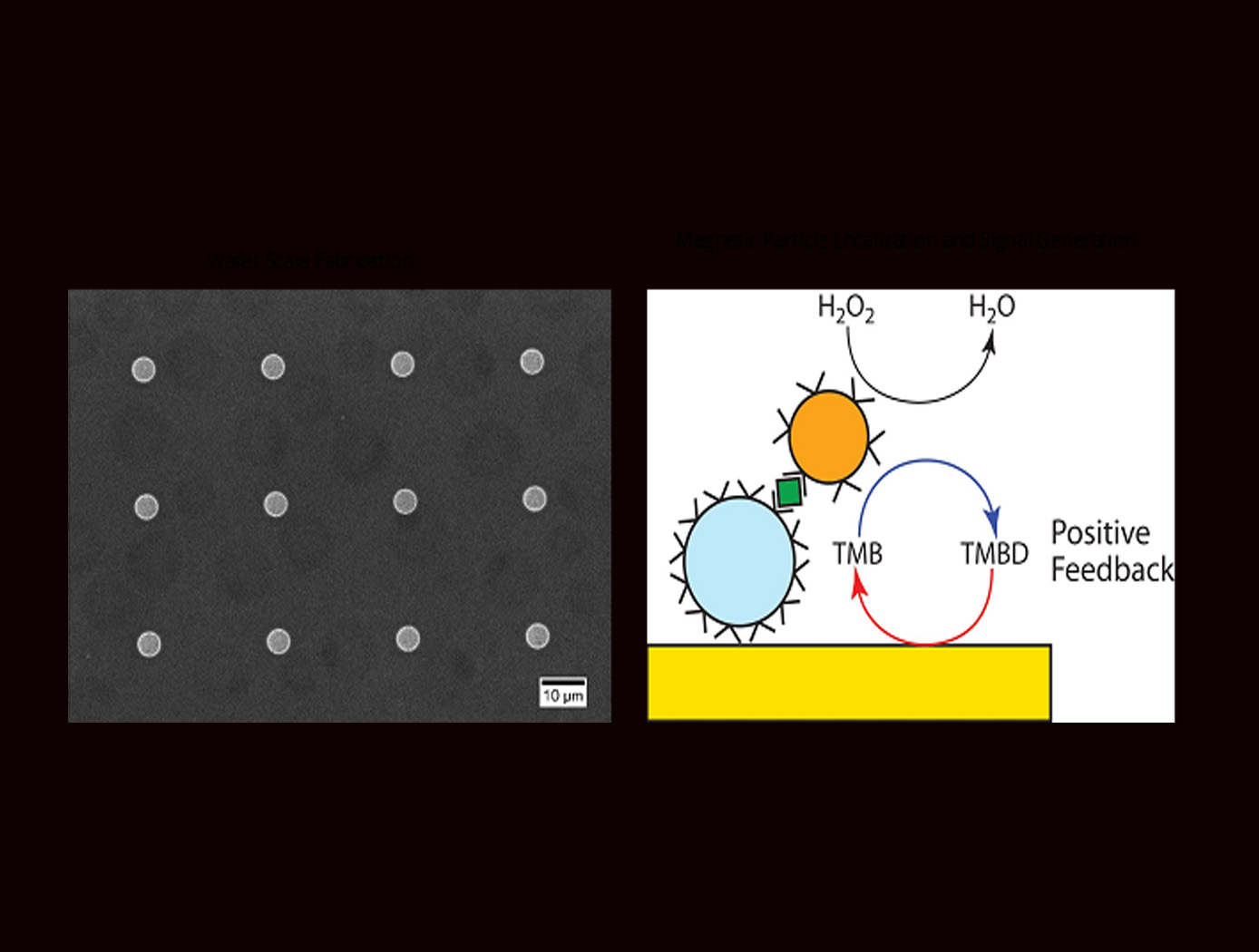Search
Mechanical and Fluid Systems

Miniaturized Electrospray System
NASA's miniaturized electrosprayer offers a new technology that may support the next generation of portable and/or of precise electrosprayers. Developed for applying water to plants in space where gravimetric methods do not apply, this sprayer may also enable the delivery of a precise liquid for terrestrial uses without relying on pressurized air.
Electrospraying (aka electrostatic spraying) is a technique where droplets are charged to enhance surface adhesion and coverage efficiency. Various electrospray variants are used in a host of industries to coat auto parts, apply pesticides and nutrients to crops, and more. Commercially-available electrosprayers are generally large, air-assisted devices that traverse up to 20 feet in the air and require large amounts of liquid and electrical power.
NASA's miniaturized electrosprayer system does not require compressed air, uses far less liquid, and concentrates the mist in an area less than 2 feet away. The system only needs enough power to charge the droplets at the spray nozzle, so it may use small batteries (e.g., AAA batteries). The new electrosprayer implements a unique nozzle design that imparts a high charge-to-mass ratio on the spray and increases coverage efficiency. Thus, the miniaturized electrosprayer can be placed inside a portable, handheld sprayer or be used as a stationary device for a wide range of uses, particularly when spraying expensive chemicals (e.g., plant nutrients) and when precise, efficient spraying is required (e.g., industrial coatings, disinfectants, etc.).
Health Medicine and Biotechnology

Electrochemical Sensors Based on Enzyme-Linked Immunosorbent Assay
NASA’s electrochemical Enzyme-Linked Immunosorbent Assay (ELISA) microelectrode array biosensor advantageously incorporates a microbead detection construct, coupled with a magnetic immobilization construct, which substantially increases the signal sensitivity of a sensor. The magnetic immobilization construct draws the microbead detection construct to an electrode detection surface, enhancing signal sensitivity. By concentrating the signaling molecules close to the electrode detection surface, electrochemical redox cycling is achieved by reducing the distance between the two, allowing for regeneration of reporter molecules.
Whereas a traditional ELISA testing exhibits five to ten signaling molecules per probe molecule binding event, the present electrochemical ELISA-based biosensor testing exhibits up to 4,857 signaling molecules per probe molecule binding event. The model bead construct exhibits a more than 6.75-fold in increased measured signal, and more than 35.7-fold improvement in signal sensitivity. When compared to traditional optical ELISA, the present invention improves the limit of detection by up to a factor of 60.5.
NASA’s electromagnetic ELISA-based biosensor can be used for the detection of SARS-CoV-2 virus to enhance Covid-19 testing during the early phases of infection. The technology may also be modified to detect other biomarkers.



